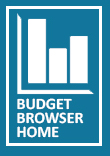Budget Browser
Benefit Change Reimbursement Reserve and Related Programs 1599-1027
funding levels adjusted for inflation (CPI)
| Adjusted for inflation (CPI) | NOT adjusted | |
|---|---|---|
| FY25 Gov | $0 | $0 |
| FY24 | $0 | $0 |
| FY23 | $0 | $0 |
| FY22 | $0 | $0 |
| FY21 | $0 | $0 |
| FY20 | $0 | $0 |
| FY19 | $0 | $0 |
| FY18 | $0 | $0 |
| FY17 | $0 | $0 |
| FY16 | $0 | $0 |
| FY15 | $0 | $0 |
| FY14 | $0 | $0 |
| FY13 | $0 | $0 |
| FY12 | $26,930,271 | $19,806,288 |
| FY11 | $9,547,736 | $6,821,690 |
| FY10 | $0 | $0 |
| FY09 | $0 | $0 |
| FY08 | $0 | $0 |
| FY07 | $0 | $0 |
| FY06 | $0 | $0 |
| FY05 | $0 | $0 |
| FY04 | $0 | $0 |
| FY03 | $0 | $0 |
| FY02 | $0 | $0 |
| FY01 | $0 | $0 |
comparisons adjusted for inflation (CPI)
| Funding for Benefit Change Reimbursement Reserve and Related Programs |
|---|
| N/A |
comparisons adjusted for inflation (CPI)
Notes
- From FY01-FY07, Group Insurance Premium and Plan Costs funded both active and retired state employee benefits. Starting in FY08, funding for health insurance for state retirees was partially funded through an operating transfer into the State Retiree Benefits Trust Fund. There was an additional reserve funding some costs in FY12, and starting in FY13, retiree costs were also funded by a "pre-budget" transfer into the trust fund of revenue from the tobacco Master Settlement Agreement. All of these are grouped together. Starting in FY15, instead of using the tobacco Master Settlement, the budget uses unexpended debt service appropriations to fund these costs, but notes that the settlement funds could be used if necessary.
- Line items that start with 1599- are typically referred to as "reserve accounts." These often fund non-recurring costs, such as costs for natural disasters, start-up costs, and initial payments for collectively-bargained pay increases.
* Funding and comparison information includes all line-items listed above. Download the spreadsheet to see funding levels for individual line-items.
| Adjusted for inflation (CPI) | NOT adjusted | |
|---|---|---|
| FY25 Gov | $0 | $0 |
Notes
- From FY01-FY07, Group Insurance Premium and Plan Costs funded both active and retired state employee benefits. Starting in FY08, funding for health insurance for state retirees was partially funded through an operating transfer into the State Retiree Benefits Trust Fund. There was an additional reserve funding some costs in FY12, and starting in FY13, retiree costs were also funded by a "pre-budget" transfer into the trust fund of revenue from the tobacco Master Settlement Agreement. All of these are grouped together. Starting in FY15, instead of using the tobacco Master Settlement, the budget uses unexpended debt service appropriations to fund these costs, but notes that the settlement funds could be used if necessary.
- Line items that start with 1599- are typically referred to as "reserve accounts." These often fund non-recurring costs, such as costs for natural disasters, start-up costs, and initial payments for collectively-bargained pay increases.
* Funding information includes all line-items listed above. Download the spreadsheet to see funding levels for individual line-items.






